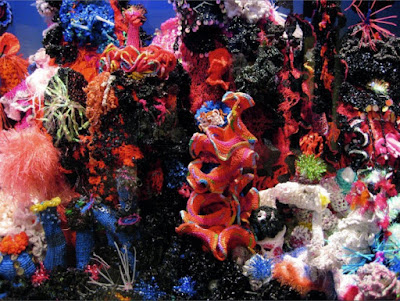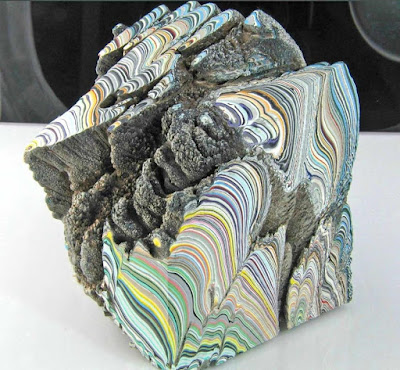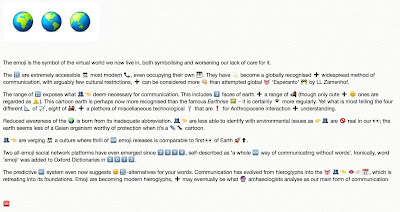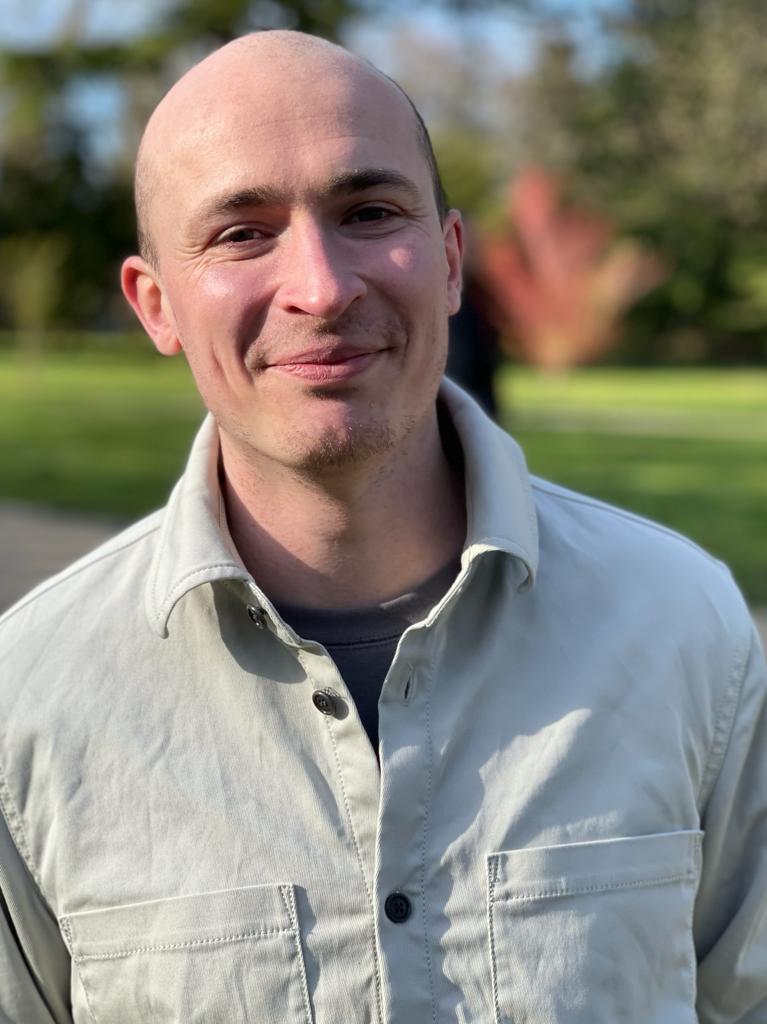The 21st Century is increasingly defined by ecological crisis. With global biodiversity losses, the rapid melting of ice-caps and glaciers, rising ocean temperatures and desertification (all complemented by humanity’s continued, unshakeable appetite for fossil fuels), the contemporary environmental moment is an urgent dilemma.
The destination of this “trajectory”, with humanity in the driving seat, is currently an indeterminate futurity. Such uncertainty (which unfortunately encourages, at best, a passivity, and worse, active climate change denial), should not detract from the new reality that the Anthropocene delineates, a reality that is making itself felt in collective consciousness. Anthropocenic anxiety is spreading across all domains, not least the cultural sphere.
 |
| Screenshot from Melancholia (Von Trier 2011) |
Importantly, many of these films challenge narratives of human exceptionalism, breaking-down nature-culture, subject-object binaries in the process. They problematise our dominant ways of seeing and being in the world, exposing us to a more entangled human-nonhuman milieu.
My dissertation looks to use film as the springboard for an exploration of Felix Guattari’s ecological thought. Guattari is more widely known for his collaborations with Gilles Deleuze, notably Anti-Oedipus and A Thousand Plateaus. Towards the end of his career, however, Guattari wrote two ecological texts (The Three Ecologies and Chaosmosis), reflecting a holistic concern for global environmental issues alongside molecular issues of subjectivity. In The Three Ecologies, Guattari presents a tangled ecological vision, emphasising that ecology must be rethought of in terms of three interconnected networks (mental ecology, social ecology and environmental ecology). This is Guattari’s central ecological intervention, placing environmental problems (climate change, global warming etc.) on the same plane as subjective issues and social relations. As JD Dewsbury suggests:
“Thinking with Guattari requires that we affirm and reinvigorate our experimental care for mental and social ecologies, as much as we assume a care for the state of the physical ecology of our natural environment.”[2]
Whilst climatic interventions remain important, they must be one single strand of a larger restructuring process that simultaneously includes interventions into the domain of mental ecology, a domain that, counter-intuitively perhaps, is the central focus for Guattari’s ecosophy. It might seem like a waste of time, in light of pressing environmental issues, to suddenly care so much about human subjectivity. However, as Guattari argued, it is unlikely, given our current ways of thinking and feeling about the world, that widespread economic, political or social restructuring is going to: a) be sufficient enough, or b) happen at all. Indeed, this sentiment resonates all the more strongly considering the recent failure of the Paris climate agreement.
The underlying reality, one that Guattari himself was acutely aware of, is that ecological action will remain impotent whilst it continues to be located within the far-reaching logics of capitalism and consumerism. The seeds of change, away from capitalist logics, must be planted at the molecular scale for there to be hope of molar transformation. Ecosophy has molecular transformation as its central problematic.
How, then, to change people’s subjectivities? How to encourage greater care and responsibility for all planetary life? How to problematise existing human relations, and then transform them for the better? These are big questions, with no obvious answer. However, Guattari placed great importance in what he called ‘incorporeal species’ (music, the arts, cinema), and their ability to reframe sensual perception, forcing people into encounters with alterity and nonhuman forces, perhaps engendering new modes of being in the world.
 |
| Screenshot from The Tree of Life (Malick 2011) |
Whilst multiple films come to mind, Lars Von Trier’s critically-acclaimed Melancholia is a good place to start. The title derives from the film’s pervasion by two encircling melancholias: 1. the melancholic mental-state of central protagonist, Justine, whose struggles with depression ebb and flow throughout, and 2. the impending doom of the approaching blue
planet Melancholia, whose apocalyptic collision with Earth occurs in a prologue before we shift back in time to before the event.
Melancholia is by no means a normal ecological film; certainly, it does not follow conventional ecological film narratives. Whilst apocalypse in other films is either a future to be prevented, or a new reality that needs to be overcome, apocalypse in Melancholia is neither. There are no miraculous attempts to save humanity through science or invention. Neither is there a future after the planetary collision. The end is an end to all life, with the whole Earth dissolving into the vastness of Melancholia.
By bookending the film with apocalypse, Von Trier ensures a melancholic atmosphere throughout. This might seem like a pessimistic experience. If we analyse Melancholia in terms of its narrative, looking for conventional meanings and understandings, then certainly you might come to that conclusion. However, I believe the film can be framed in ecologically productive terms. The brilliance of Melancholia is that it strips away conventional ecological narratives throughout, particularly narratives that suggest that humanity is in any way separate from ‘nature.’
Themes of depression, capitalism, passivity and (anti)modernity weave in and out. Alongside these themes are Von Trier’s experimental filmic techniques – including an incredibly striking opening montage of 16 slow-motion tableaux vivant with Wagner’s Prelude to Tristan and Isolde in the background (a piece of music that repeats over and over in the film). Evocative visual tableaux are repeated throughout. However, in contrast, much of the rest of the film follows Von Trier’s Dogme 95 conventions: a fast-moving, continually re-focusing, handheld camera catapulting us into the midst of strained social relations. The effect, I suggest, is a scrambling of perception, with the contrasting styles leaving the audience in a continual state of disorientation. It is this disorientation that becomes a point of bifurcation, a glimmer of potential for subjective transformation.
 |
| Screenshot from Uncle Boonmee who can recall his past lives (Apichatpong 2010) |
Space limits answering this question, and further discussion. However, I hope to use my dissertation as a more thorough exposition of these important themes and questions.
https://www.theguardian.com/environment/2016/aug/29/declare-anthropocene-epoch-experts-urge-geological-congress-human-impact-earth
[2] Dewsbury, JD. (2015). “Guattari’s resingularisation of existence: pooling uncertainties,” Dialogues in Human Geography,Vol. 5(2), pp. 155-161.
[3] Guattari, F. (2009). Chaosophy: Texts and Interviews 1972-1977. Los Angeles: Semiotext(e).
[4] William Connolly (2014). Melancholia and Us. Ozone.










